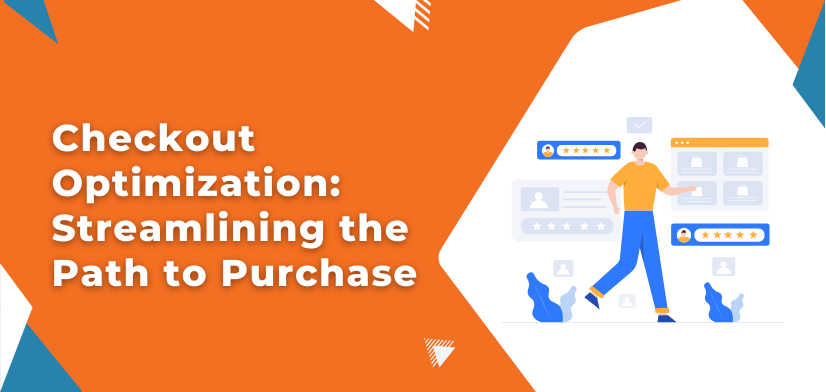Checkout Optimization – Streamlining the Path to Purchase

Checkout optimization can turn hesitant browsers into loyal customers.
What Is Checkout Optimization?
A smooth and hassle-free checkout experience can make all the difference between a sale and a lost opportunity. This is where checkout optimization comes into play. Checkout optimization is a strategy aimed at boosting a retailer’s conversion rate by fine-tuning the final steps of the customer checkout process.
Why Does Checkout Optimization Matter?
Checkout optimization is about refining your online store’s checkout process to transform hesitant shoppers into confirmed buyers. It’s all about decluttering distractions, nurturing trust, and guiding customers through each checkout step like a breeze.
Picture this: a potential customer has browsed your online store, added items to their cart, and is ready to seal the deal. But wait, the checkout process feels daunting—too long, confusing, and demands excessive information. Frustration creeps in, and the once-eager shopper reconsiders. Cart abandoned; sale lost.
Checkout optimization is the antidote to these situations. The goal? To diminish cart abandonment rates and raise the number of successful purchases. Each component of the checkout page can tip the scales for a customer, determining whether they complete the purchase or leave their cart behind.
Tips for E-commerce Sellers
So, what’s the secret to this optimization? It’s a combination of tactics designed to reduce distractions, cultivate trust, and gently guide customers through the checkout journey. From minimizing unnecessary steps and trimming form fields to incorporating user-friendly features, every modification contributes to an enhanced checkout experience.
Implement Guest Checkout: Did you know that nearly a quarter (24%) of shoppers abandon their carts because they’re asked to create an account? Providing an option for users to check out as guests without requiring them to create an account can be beneficial. By allowing users to make purchases without creating an account, you eliminate the hassle of entering personal information, making the buying process quicker and smoother for customers.
Build Trust through Security: Building trust is essential, especially when shopping online. Boost customers’ confidence by displaying security badges, transparent privacy policies, and a clear list of accepted payment methods. These signals can reassure users that their sensitive data is in safe hands.
Shipping Transparency: Don’t leave shoppers guessing about costs. Clearly outline shipping expenses, tax details, and any additional fees upfront. This transparency not only prevents surprises during checkout but also helps customers make informed decisions without hesitation. Offering free shipping, when possible, can also boost sales. Customers are more likely to complete their purchases without extra shipping costs. Free shipping is a great incentive; customers may buy more to qualify for it, or they may go elsewhere if it’s not available.
Offer Multiple Payment Options: Catering to your customers’ preferences is crucial. Provide a range of payment methods including credit/debit cards, digital wallets, and even options like PayPal and “Buy Now, Pay Later.” This flexibility ensures that every shopper can choose the method they feel most comfortable with.
Streamline with One-Click Checkout: Streamline the entire checkout process onto a single page if possible. Minimizing the need for multiple clicks and page loads reduces friction, making the experience smoother and more enjoyable for shoppers.
By implementing these five simple strategies, e-commerce sellers can not only create a streamlined checkout process but also lay the foundation for lasting customer relationships.
